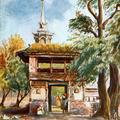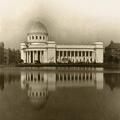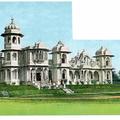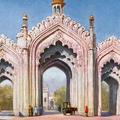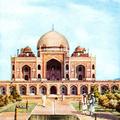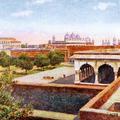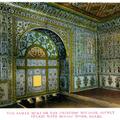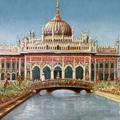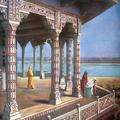Bijbehara Temple (Kashmir)
Avantiswami Temple was built by King Avantiverman in the latter half of the 9th century and dedicated to Vishnu; it is in ruins now though parts of it still survive and it is in the care of the Archaeological Survey of India.
Sent to Miss Suzanne

